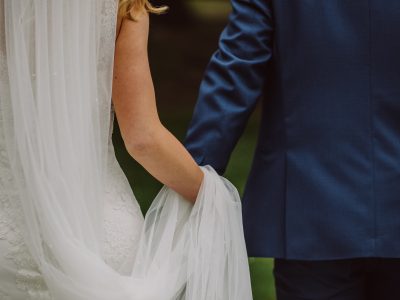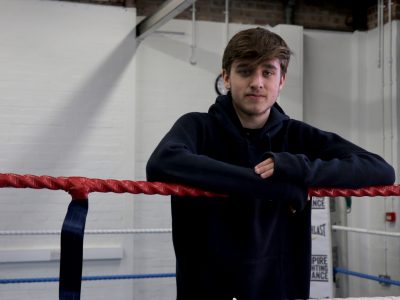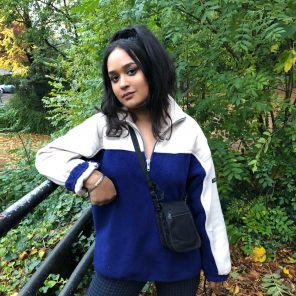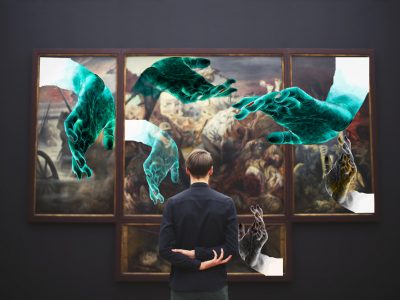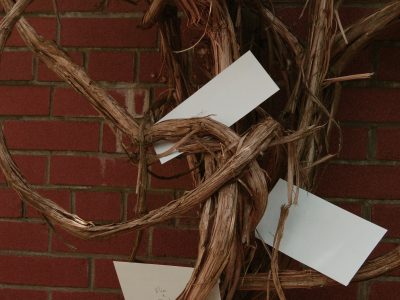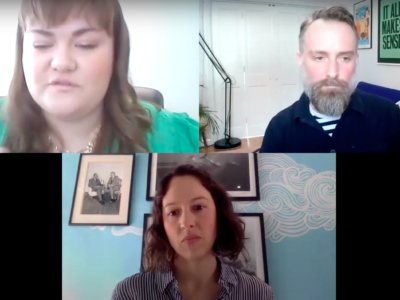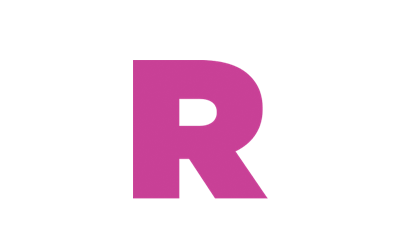i for Identity: A photo essay
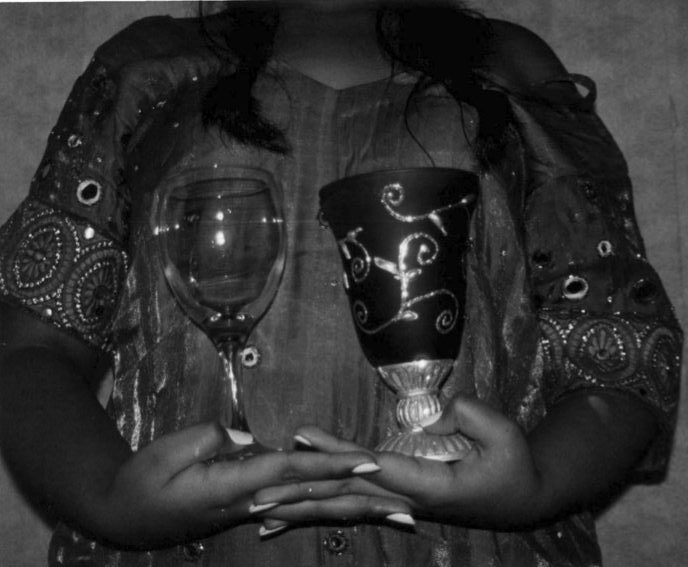
Qezz breaks down her experiences with identity through her black and white film series.
We start to form our identities at an early age. A simple translation of identity is what characterises a person and how they are viewed by the wider world. I’ve always found it hard to categorise myself.
My identity already felt like a spectrum at a very young age. I felt like I didn’t belong anywhere specific. Whether I was thinking about my religious beliefs or cultural values, I struggled to put myself in a box.
My primary identity was built through my parents’ values: they believe in the importance of religion and education. Therefore, the church and my school were two institutions that were significant in my upbringing. Despite their importance in my family, defying those solid concepts somehow came naturally to me when I was younger. As a young girl I recall questioning religion and gender roles in inappropriate settings.
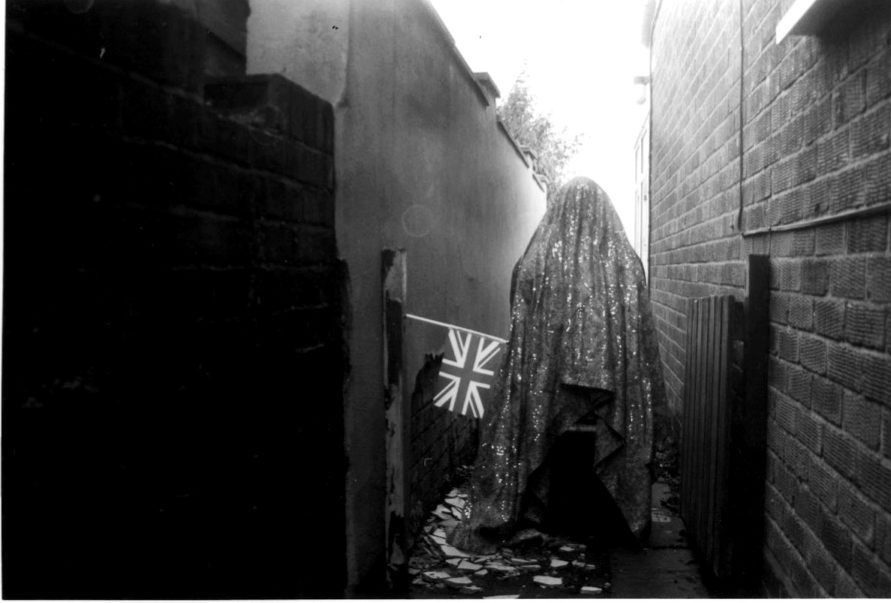
Growing up as a Catholic in Asia already made me a minority. Pakistan is an Islamic country and 96% of the population practices Islam. Moving to Dorset reinforced the same idea of being a minority, but on a larger scale. This time it was a struggle due to my race and gender. As the only Asian girl in my class, I had an accent and came from a culture that people had a lot of preconceived assumptions about. I often felt I had to whitewash myself to fit in. Once again, the routine of questioning my identity became apparent in my Western life. I developed the ability to code my speech when speaking to white people or somebody in a position of power, removing myself from a cultural and religious narrative and following the Western trend of self-liberation.
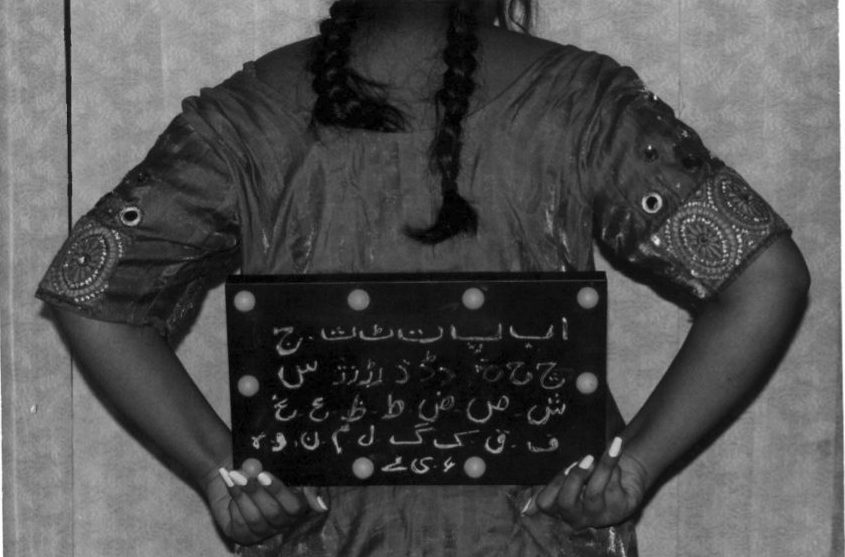 The battles I’ve experienced with my Eastern and Western identity inspired this series of photos. I chose to shoot on film to showcase the details in the fabrics, placing the emphasis on my experiences. I used south Asian fabrics and English settings to represent my dual identities. The girl in the series is my younger sister wearing ‘shalwar kameez,’ a staple Asian clothing. She represents our shared immigrant experiences.
The battles I’ve experienced with my Eastern and Western identity inspired this series of photos. I chose to shoot on film to showcase the details in the fabrics, placing the emphasis on my experiences. I used south Asian fabrics and English settings to represent my dual identities. The girl in the series is my younger sister wearing ‘shalwar kameez,’ a staple Asian clothing. She represents our shared immigrant experiences.
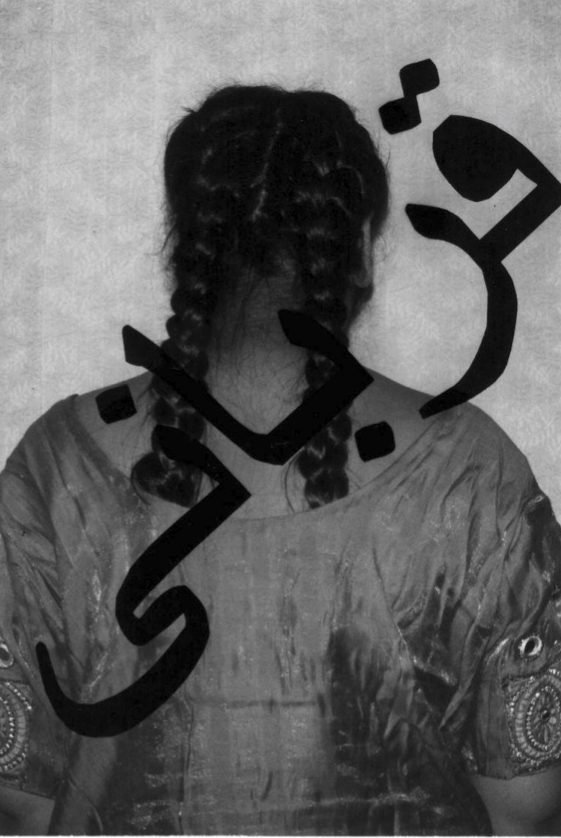
The Urdu word ‘Kurbani قربانی ’ translates to ‘sacrifice,’ which is symbolic to me losing certain aspects of my culture. I created the text through laser cutting the text on a cardboard border and exposing it to light though an enlarger in a dark room. I am no longer as religious as I was brought up to be and I no longer place so much emphasis on societal norms and values for women. In the past, I saw my differences in a destructive way and remember disregarding my Asian identity to fit in the western world.
Today, I use this to my advantage. From being brought up in South East Asia to moving to the United Kingdom, I have experienced a different social cultures and seen many shifts in national trends. I am able to shift and adapt to unfamiliar environments and my ever-changing identity inspires me every day.
How has your identity formed? Let us on on social media.


